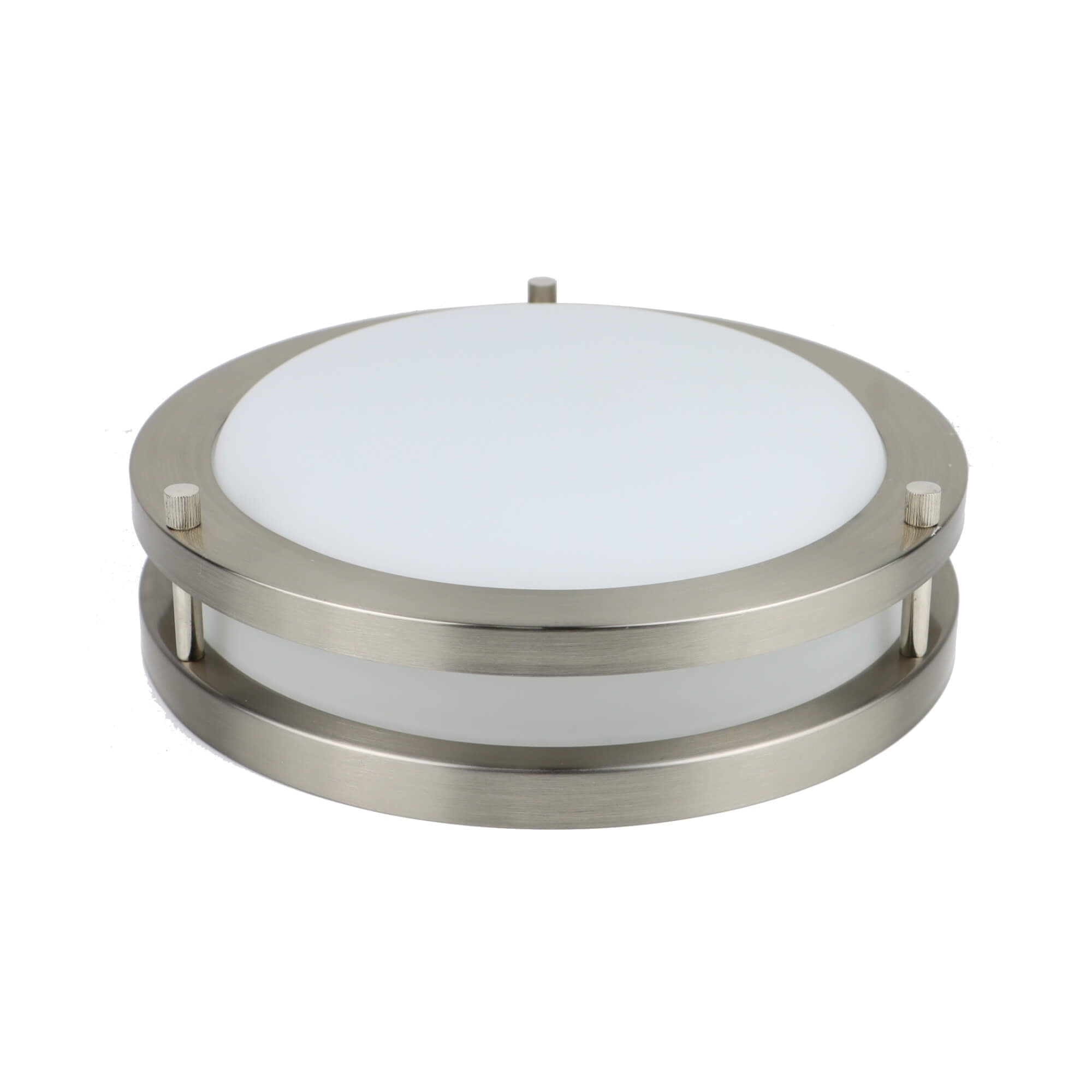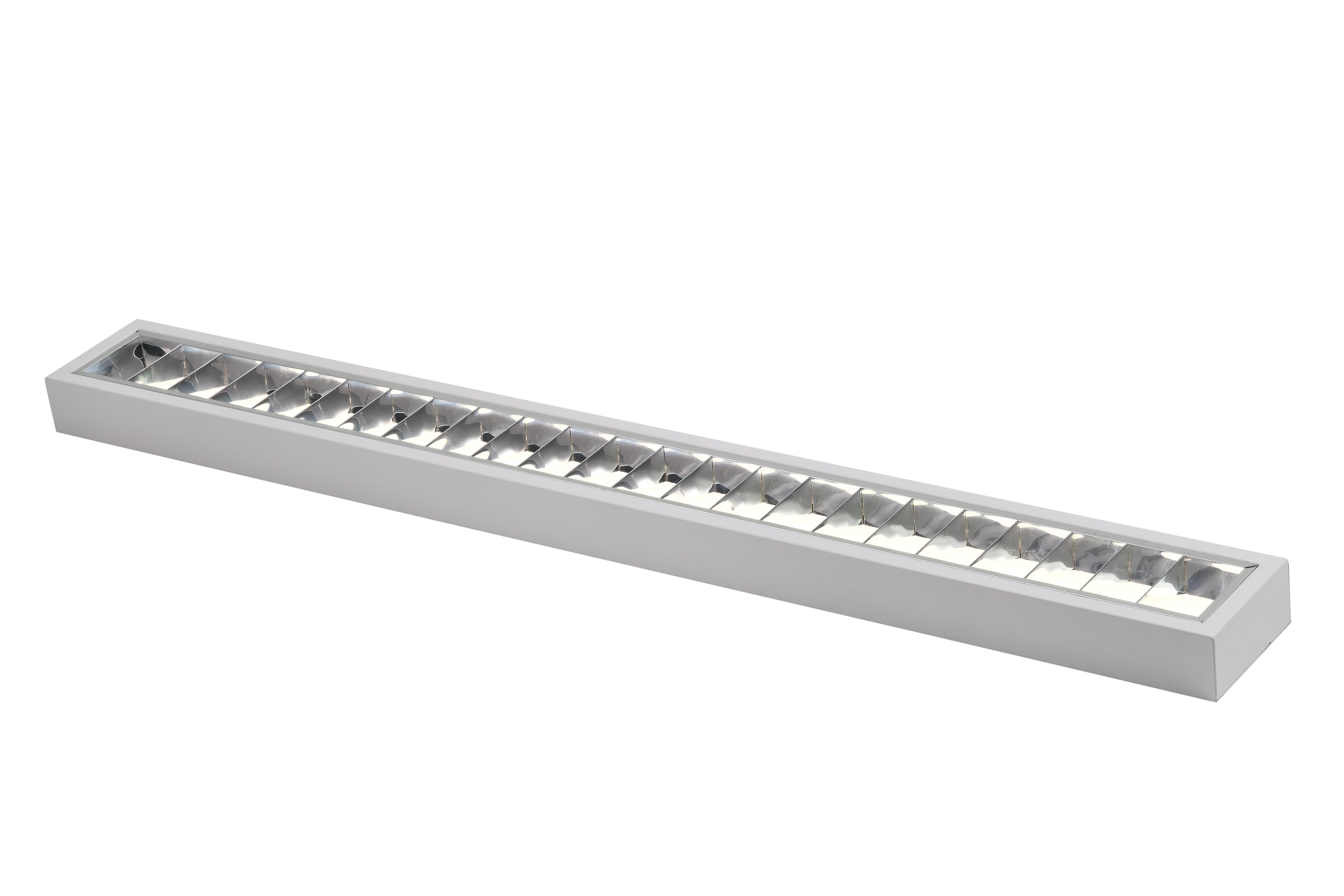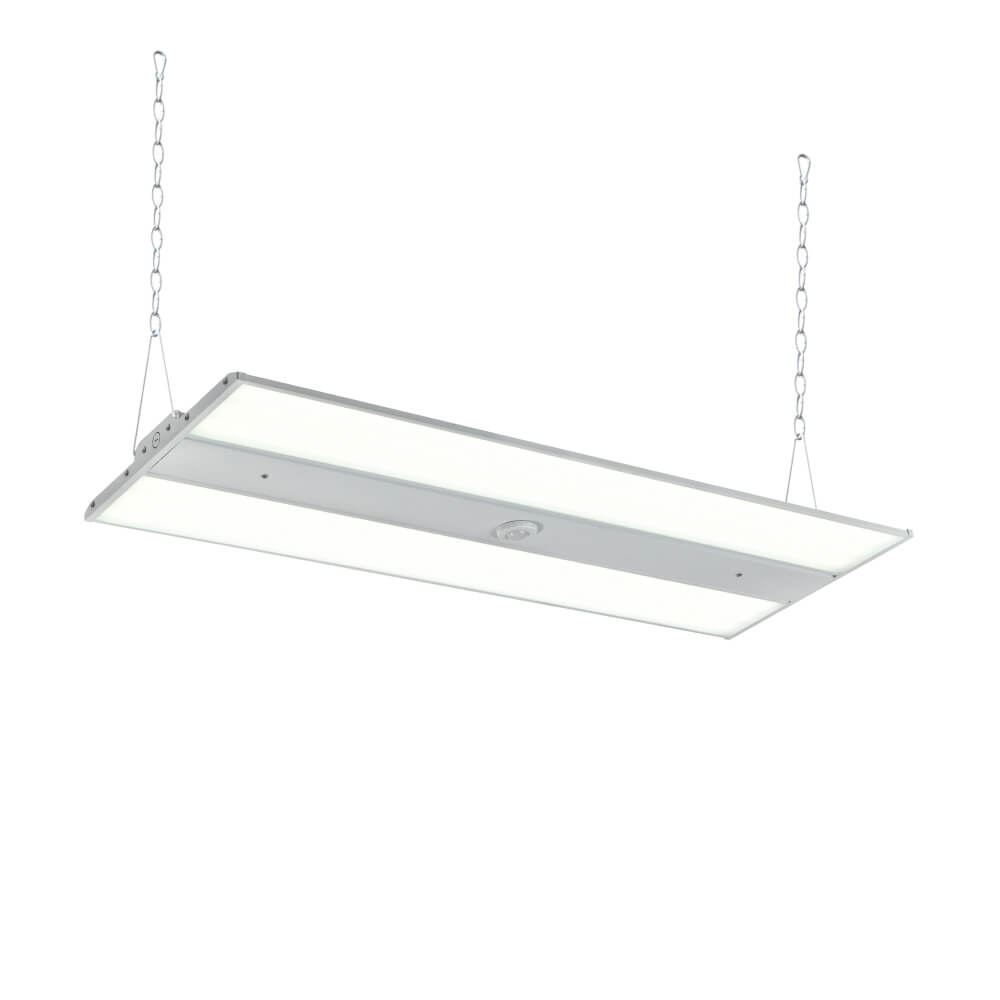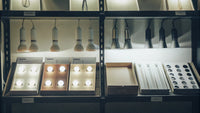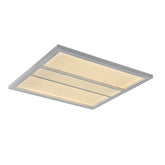Fluorescent to LED Conversion: 5 Easy and Budget-Friendly Approaches
Welcome to the illuminating world of lighting technology! For those looking at switching from fluorescent to LED, the benefits are clear: LEDs use less energy, last longer, give off better light, and save money over time. The focus here is on five wallet-friendly ways to make the switch from dated fluorescent to sleek LEDs without breaking the bank.
Pre-Conversion Planning
Analysis of Existing Fluorescent Setup
Before jumping into swapping out your lights, it's important to check out what you've currently got. Count the number of fixtures, and take note of their condition. Knowing what's in place is step one in figuring out what you'll need to buy for that LED upgrade.
Setting Goals for LED Conversion
Consider what you want to achieve with this change. Want to slash your energy bills or get a brighter, better quality lights in your room? Having clear goals will help guide your switch to LEDs.
Crafting a Budget-Conscious Conversion Plan
No one wants to spend more than necessary. It's about finding a balance between what you want to accomplish with the upgrade and how much cash you're ready to part with, all while keeping an eye on the savings you'll rack up in the future.
5 Cost-Effective Conversion Strategies
Plug-and-Play LED Tubes: A Simple Swap
Switching to LEDs doesn't have to be a major project filled with re-wiring and electrician fees. Plug-and-play LED bars are a quick fix for those looking to upgrade their lighting without the hassle. But before you start adding these to your cart, it's important to check for compatibility. Not every plug-and-play LED tube will work with the ballast in your current fixture. A ballast is a little device that regulates the current in your lights. If you pick a tube that doesn't get along with your ballast, you might end up back at square one.
To avoid this hiccup, here's a tip: peek at the specifications or user manual of your current fluorescent fixture. Some older models don't use them. With this info in hand, you can make sure the LED tubes you buy will match up. When you've got the right kind, installation is a breeze. All it takes is removing the old fluorescent tubes and popping in the new LED ones. Just remember to switch off the power first-safety first, always.

Magnetic and Electronic Ballast-Compatible LEDs
Your current lights might have a magnetic or an electronic ballast running in the background. These little boxes play a big part in powering up your lights. Magnetic ballasts are like the old guard-they've been around for ages, humming along with that telltale buzz. Electronic ballasts are the newer kids on the block, quieter and more energy-efficient. Both have their place, but they work a bit differently.
Now, here's where you need to pay attention: LED bulbs that are compatible with these ballasts are specifically designed to work with one type or the other. So, knowing which kind of ballast your fixture has is crucial. This information can typically be found written on the ballast itself-if it's accessible-or in the fixture's original documentation.
Once you've figured out what type of ballast you have, picking the right LED bulb is a walk in the park. Many manufacturers label their products clearly, stating whether the LEDs are compatible with magnetic or electronic ballasts.
Hybrid LED Solutions: Best of Both Worlds
Hybrid LED lights are versatile. You can use them with your old ballast setup, just like you would with standard fluorescent tubes. And the best part? If that ballast ever decides to quit on you, no sweat-you can simply remove it and keep the lights on without skipping a beat. Here's how it works. These nifty hybrid LEDs are designed to slide into place just where your old fluorescents were. No need for any rewiring or technical know-how at first-just swap out the old for the new. You do a quick little bypass-don't worry, manufacturers provide clear guides on how to do this-and your LED will continue to shine bright, now running directly off the building's power.
Retrofit Kits for a Seamless Transition
If you're looking to move to LED but want to keep the look of your current fixtures, retrofit kits are your go-to solution. They are a makeover for your lights: you get to keep the outside while everything inside becomes new and efficient.
When picking a retrofit kit, size definitely matters. Choose one that matches the dimensions and style of your existing fixtures. These kits come packed with all the parts necessary for swapping out old components with new ones. For installation, it's important to stick closely to the guide to make sure everything works as it should. They'll guide you through each step: removing the old lamp holders, pulling out unnecessary wiring, and connecting everything back up so that it's ready for the LEDs.
Full Fixture Replacement on a Budget
Sometimes, the smart move is to go for a total do-over with your lighting. Sure, laying out cash upfront for completely new fixtures can make your wallet wince. But newer models are built from the ground up to be energy misers. They sip power instead of gulping it. Over months and years, those savings can add up big time, often offsetting that initial cost and then some. Beyond just saving dough, swapping out fixtures gives you the chance to refresh your space. Lighting plays a huge part in the vibe of a room, and LEDs have come a long way in style. Take LED panels as an example-they lay flat against the ceiling and give off a clean, even light that can make any room feel more contemporary.

Executing the Conversion
Organizing the Project: Timelines and Steps
Start with setting up a calendar for the job. Marking out when the old lights will come down, when the new ones go up, and any other key moments. Think about store or office hours-if that's where the change is happening-to prevent turning off the lights during a big sale or workday.
Choosing Quality Products and Suppliers
You might be tempted to grab the cheapest LEDs on the shelf, but hold your horses. Pick LEDs from a supplier that's got a solid reputation. You're looking for bulbs that shine bright, last long, and don't fizzle out after just a few months. Sure, they cost a touch more now, but they pay off by avoiding the hassle and extra costs of replacing duds.
Deciding Between Professional or DIY Installations
Next, take a hard look at your handy skills. If you're the type who can handle tools without breaking a sweat, then DIY might be in the cards. But if the thought of messing with wires makes you nervous, it's wise to call in the pros.
Compliance with Safety and Electrical Regulations
And speaking of safety, whether you're doing it yourself or hiring help, everything needs to be above board with local safety and electrical codes. These regulations are there to keep buildings safe from fires and people safe from shocks.
Post-Conversion Care and Maintenance
Maintaining Your New LED Lights
LEDs are pretty chill when it comes to maintenance. But like anything else in your home or office, they do like a little TLC. Every so often, give them a gentle wipe to clear off any dust or dirt. Clean lights work better and keep your space bright.
Troubleshooting LEDs: Quick Fixes
Even the best LEDs can hiccup sometimes. Maybe they flicker, don't turn on, or just aren't as bright as they used to be. A lot of times, it's as simple as making sure they're screwed in properly. Or, it could be a dimmer switch that's not playing nice with LEDs.
Monitoring Savings and Performance Over Time
One of the big reasons for switching to LEDs is to save some green on energy costs. So, after you've made the switch, keep an eye on your energy bills. Are they showing the dip in cost you expected? How's the light quality months down the line? If something seems off, it might be time to reach out to the manufacturer or the store where you bought them. Many LEDs come with warranties, so you might be covered if there's an issue.
Conclusion
In essence, switching to LED is about adopting a smarter way of living. With the right plan and a bit of savvy, transitioning your lighting can be one of the smoothest and most rewarding upgrades you make to your home or business. So bask in the better light quality of your LED-lit space, knowing you've made a choice that's good for both your pocketbook and the planet.
